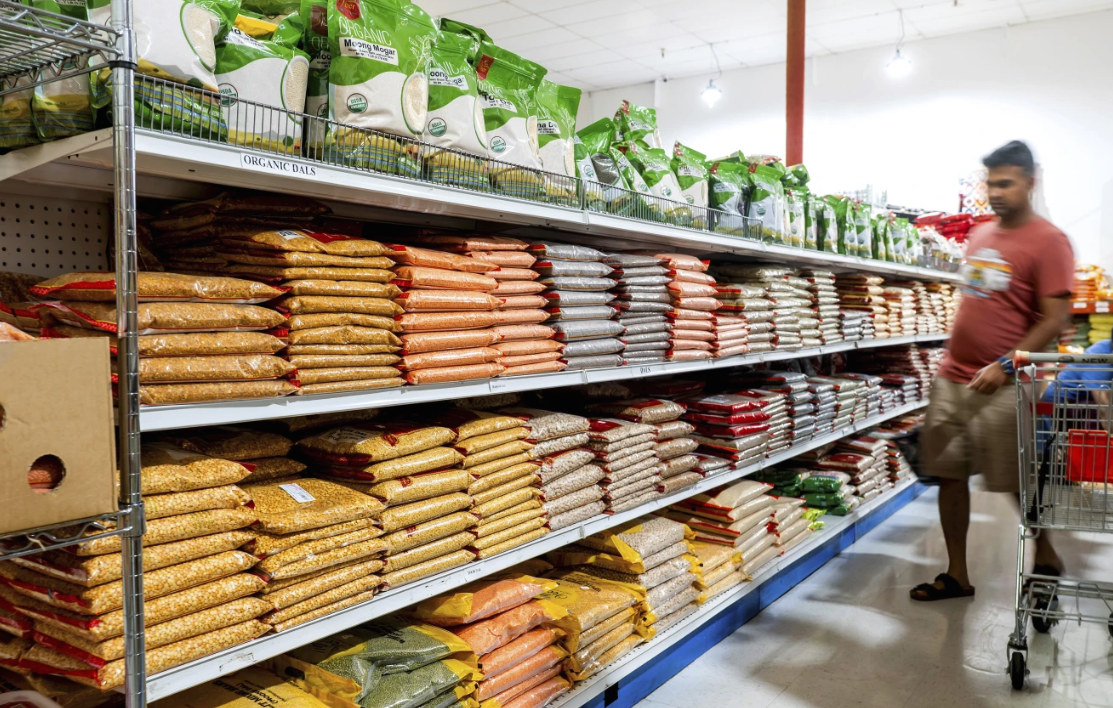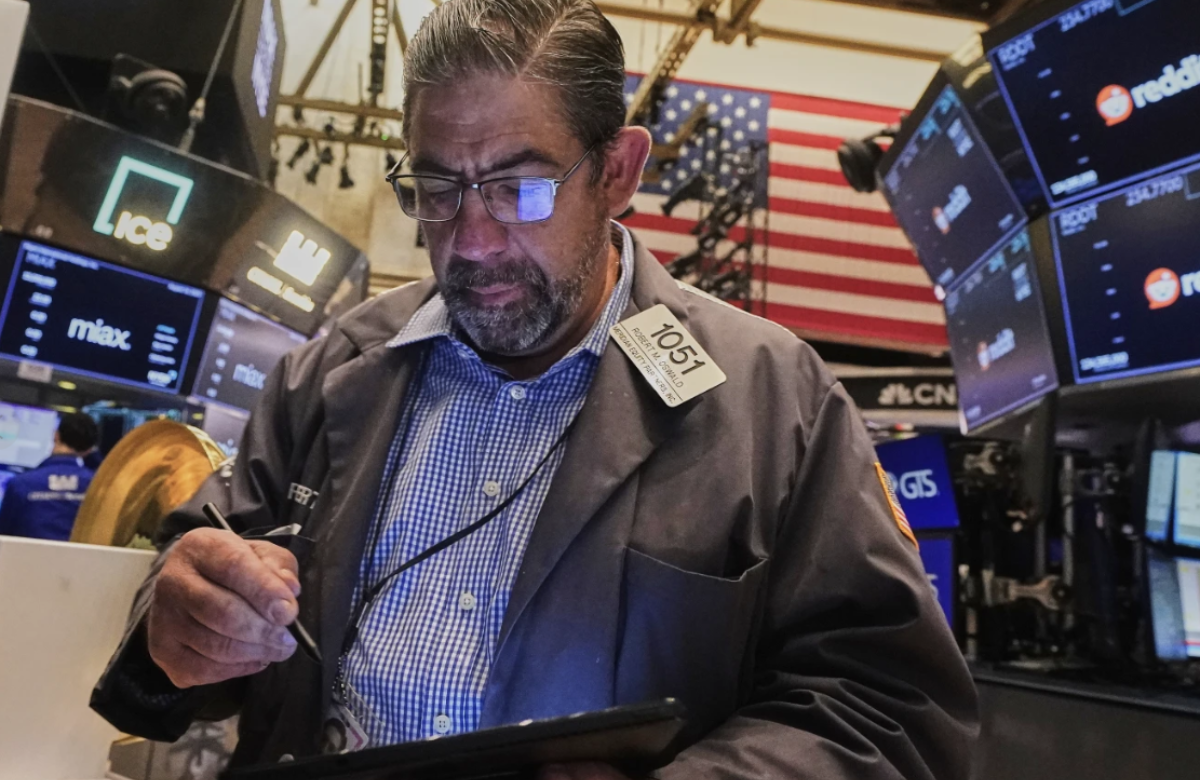President Donald Trump on Friday warned Apple that it could face a 25% tariff on iPhones unless the company relocates production to the United States. The threat comes in response to Apple’s plan to manufacture nearly all iPhones for the U.S. market in India—a move that underscores how deeply the tech giant relies on its overseas supply chain.
Apple has historically assembled its products in China, leveraging large-scale factories supported by an intricate web of local suppliers. That long-standing arrangement has placed the company at the center of Trump’s renewed trade disputes.
Apple CEO Tim Cook recently stated that most iPhones sold in the U.S. this quarter would be produced in India. Analysts warn that making iPhones domestically could more than double or even triple the cost of the popular device. A $1,200 iPhone could climb to $3,500 if produced in the U.S., analysts say.
The challenges of relocating production are massive. Apple spent decades developing its supply chain in Asia, especially China, and building that capacity in the U.S. would cost billions and take years. Such a move could also devastate sales by pricing Apple’s flagship device out of reach for many consumers.
Dan Ives, an analyst at Wedbush Securities, described the idea of domestic iPhone production as a “nonstarter.” He suggested that even if Apple began working toward U.S. manufacturing today, production might not realistically start until 2028. “Price points would move so dramatically, it’s hard to comprehend,” he said.
Apple didn’t offer an immediate comment on Friday. However, during a recent earnings call, Cook noted that tariffs had only a “limited impact” so far, thanks to supply chain adjustments. Still, he acknowledged the unpredictability of future trade policies, particularly beyond June.
The tech company may eventually have to raise iPhone prices, as it depends heavily on foreign production facilities in China, India, and Vietnam—regions increasingly affected by Trump’s tariff threats.
For now, Apple can absorb some increased costs due to its lucrative services business, which generated $96 billion last fiscal year. This segment, including subscriptions and digital services, remains unaffected by tariffs. Forrester Research analyst Dipanjan Chatterjee said this revenue gives Apple short-term flexibility to maintain current pricing.
In February, Apple announced plans to invest $500 billion in the U.S. and create 20,000 jobs by 2028. But those efforts are focused on expanding its artificial intelligence capabilities and building a new data center in Houston—not on relocating iPhone production.
Commerce Secretary Howard Lutnick previously predicted that tariffs would eventually drive iPhone production to the U.S., claiming millions of jobs could be created. However, Tim Cook has cast doubt on that vision. In 2017, he questioned whether the U.S. workforce had enough skilled labor to support the type of manufacturing Apple needs. While China can fill entire football fields with specialized tooling engineers, Cook said the U.S. might struggle to fill a single room.
Trump had also pressured Apple during his first term to move iPhone production stateside. Although those efforts failed, his administration ultimately exempted the iPhone from tariffs imposed on China. That exemption gave Apple time to begin shifting some manufacturing to India and Vietnam.
In 2019, Cook gave Trump a tour of Apple’s Texas plant, which had been assembling Mac computers since 2013. Trump later claimed credit for the facility, despite it opening during Barack Obama’s presidency. “Today I opened a major Apple Manufacturing plant in Texas that will bring high paying jobs back to America,” Trump wrote on social media following the visit.














